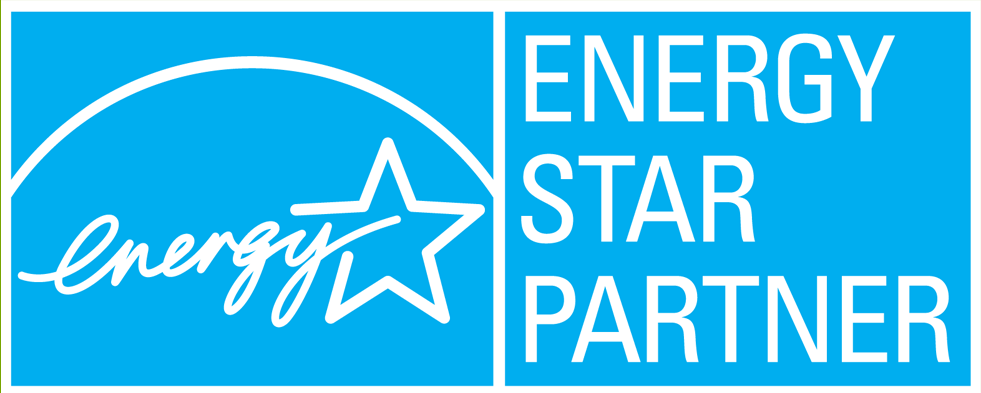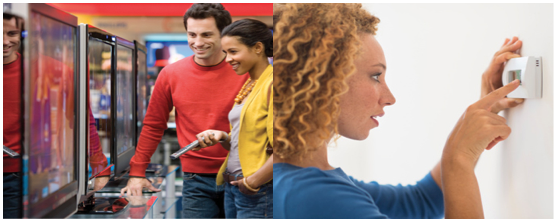Energy Star Materials
Energy Star (trademarked ENERGY STAR) is an international standard for energy efficient consumer products originated in the United States of America. It was created in 1992 by the Environmental Protection Agency and the Department of Energy.[2][3] Since then, Australia, Canada, Japan, New Zealand, Taiwan and the European Union have adopted the program. Devices carrying the Energy Star service mark, such as computer products and peripherals, kitchen appliances, buildings and other products, generally use 20–30% less energy than required by federal standards.[4] In the United States, the Energy Star label is also shown on EnergyGuide appliance label of qualifying products.

- ENERGY STAR – Products are independently certified to save energy without sacrificing features or functionality. Saving energy helps prevent climate change. Look for the ENERGY STAR label to save money on your energy bills and help protect our environment.
- Windows & Doors – Should be Energy Star certified as a means of saving energy now and long into the future on the investment that is made on these items. Replacing old windows with ENERGY STAR certified windows lowers household energy bills by an average of 12 percent nationwide. Lower energy consumption also reduces greenhouse gas emissions from power plants and shrinks a house’s carbon footprint.
- Appliances – In any upgrade of the home Energy Star appliances should be considered for any new purchase. In many locations there are tax incentives as provided to the homeowner by local municipalities and utilities.
- Window and Door Install – It is recommended that Energy Star door and window installation specifications be adhered to in order to ensure the insulation integrity of the Energy Star product is not compromised with air leakage around the door or window
- Cable Boxes – A “set-top box” is a cable, satellite, Internet Protocol or other device whose primary function is to receive television signals from a specific source and deliver them to a consumer display and/or recording device, such as a television or DVR.
- ENERGY STAR qualified set-top boxes are on average 45 percent more efficient than conventional models. If all set-top boxes in the U.S. met ENERGY STAR requirements, consumer energy cost savings would grow to about $3 billion each year, reducing greenhouse gas emissions equivalent to those from about 3 million cars.
- Televisions – New ENERGY STAR certified TVs save energy when they are off or on. The label can be found on standard size models all the way to large screen TVs. If all TVs sold in the U.S. were certified models, greenhouse gas savings would grow to 15 billion pounds per year.




